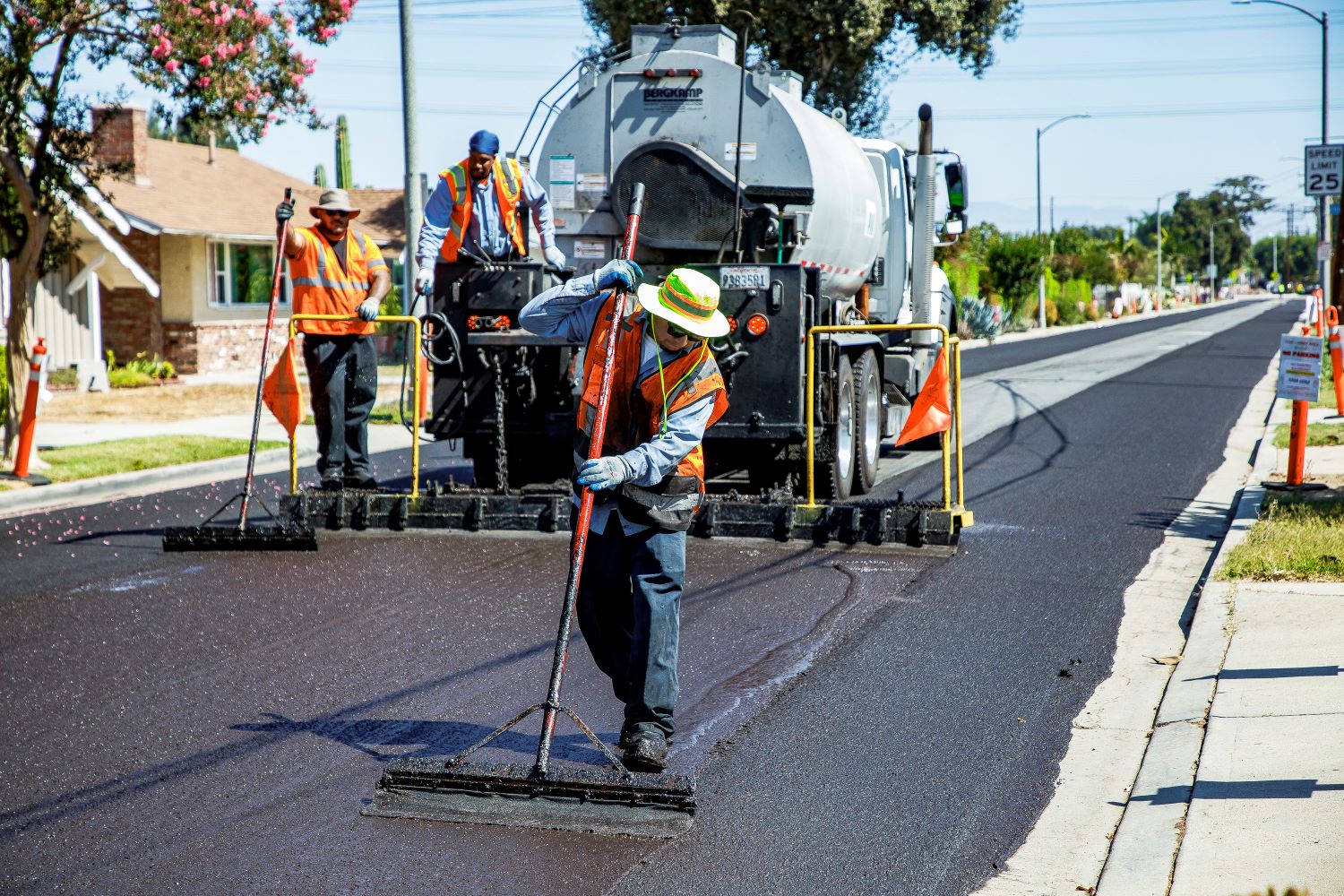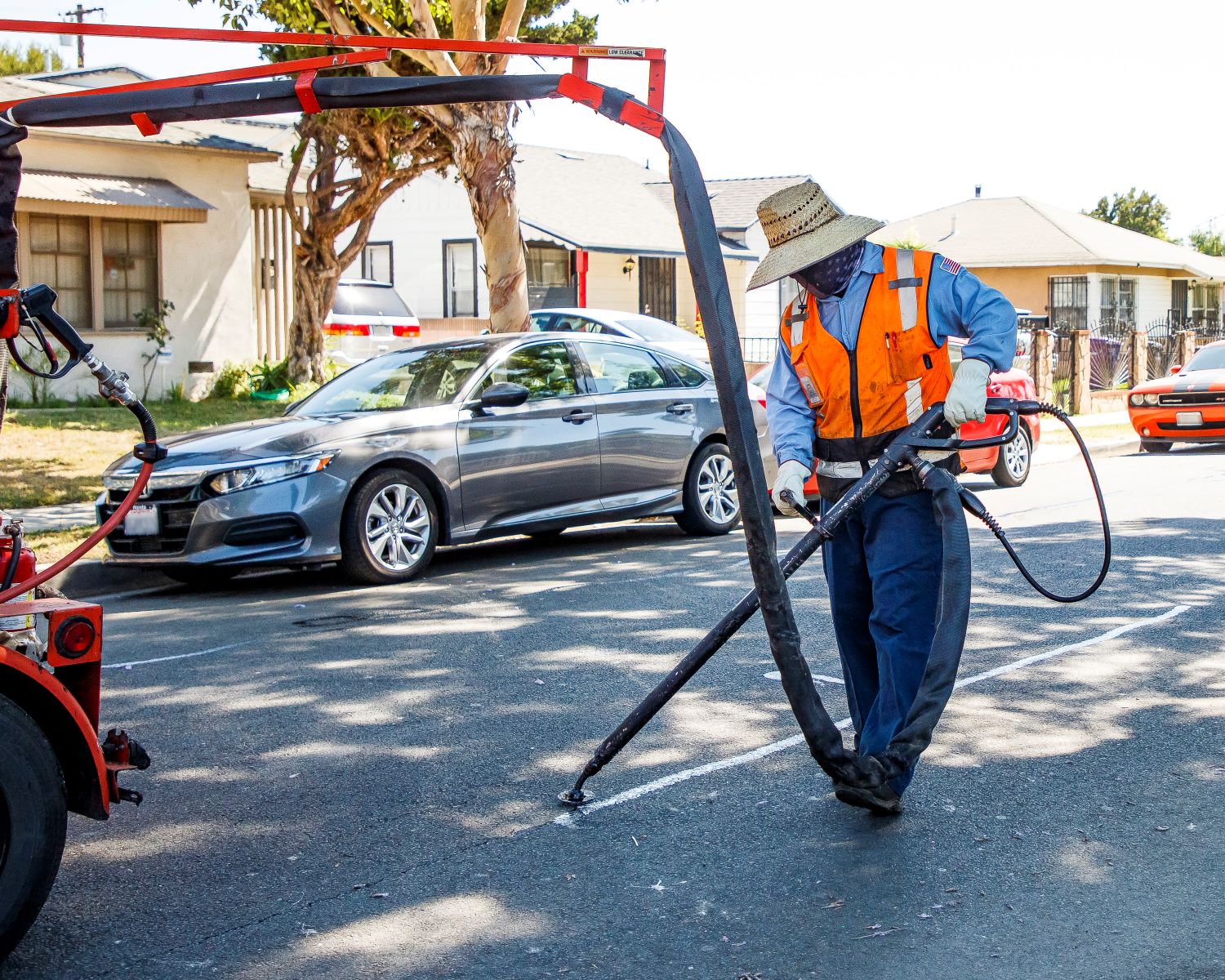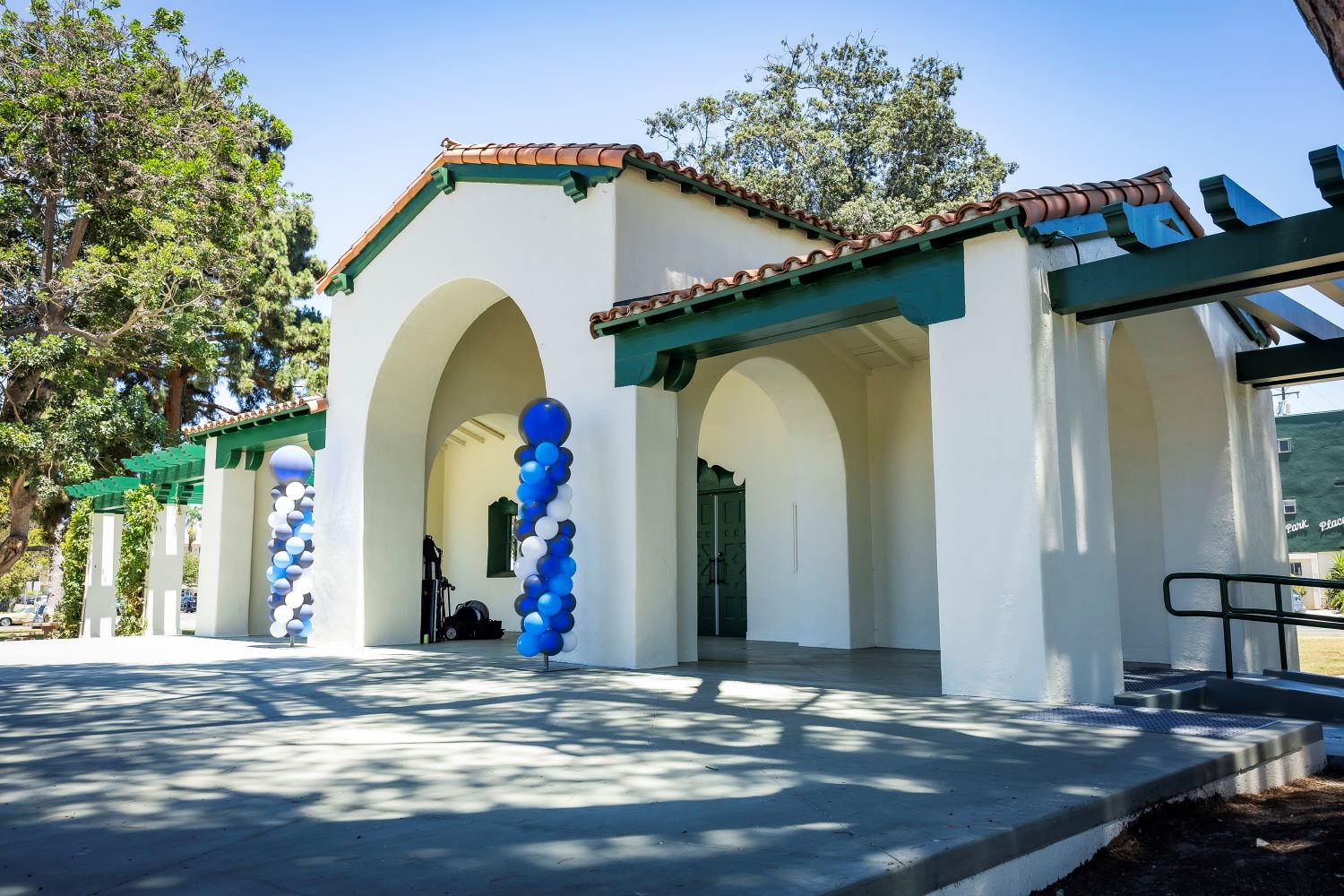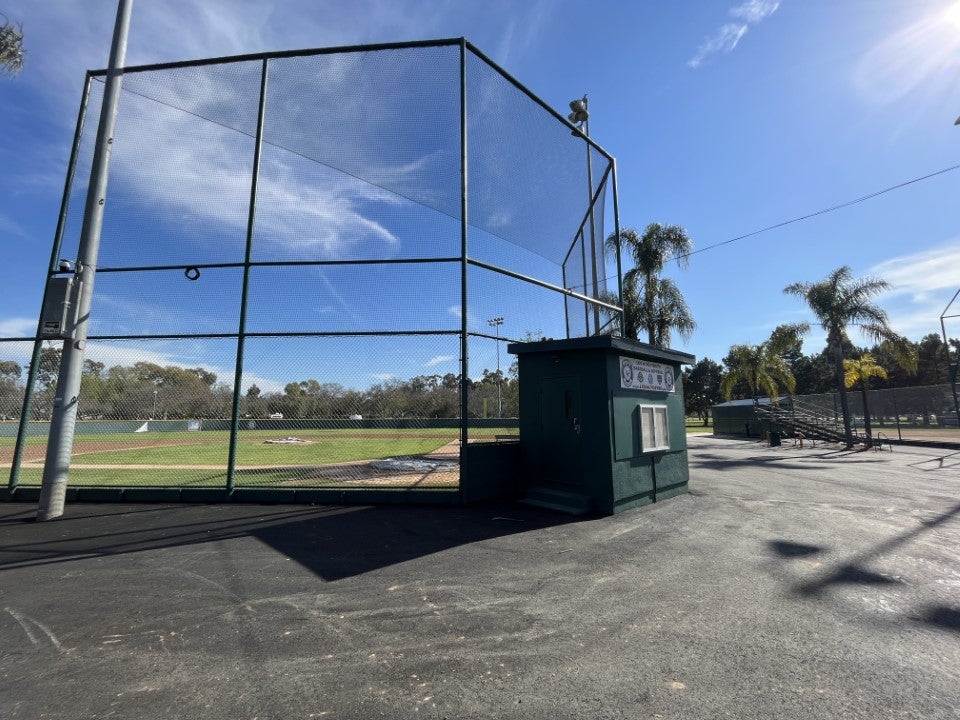This news update is brought to you by the City of Long Beach. To find out more about City programs, projects, initiatives and services, please visit longbeach.gov. To find events near you, please visit the City calendar at www.longbeach.gov/events. And follow us on social media @longbeachcity.

Long Beach Road Conditions are Getting Better and the Numbers Prove It
You may have noticed more cones blocking lanes on Long Beach streets lately. Sorry for the temporary inconvenience, but the City is happy to report that it is all part of focused street maintenance that is starting to show real results.

The Pavement Condition Index, basically a report card for streets, has improved from an average score of 56 in 2023 to 61 in 2025. That’s the highest score recorded since Long Beach started using automated pavement condition assessments in 2014, and it surpasses the City’s goal of reaching 60 by now.
Our streets are getting better because the City is taking a smart, balanced approach—fixing problems early with an in-house team that does everything from filling potholes to sealing streets, and using record funding from the Elevate ’28 Infrastructure Investment Plan to tackle bigger projects like Artesia Boulevard and Studebaker Road.
Despite putting serious money into Long Beach roads—an average of $63 million annually from 2023 to 2025—there’s still a lot more work to do and that spending level represents only about 22% of the total need. The Department of Public Works estimates that $1.4 billion (or $280 million annually) is needed over the next five years to fully address a backlog of repairs.
Here’s a snapshot of the roadway scores:
- The street network average is 61, up 9% from 2023.
- 15% of streets are in excellent condition, needing only routine maintenance.
- 38% of streets are in good to very good condition, benefitting from preventive care such as sealing cracks before they grow.
- 26% of roadways are in the marginal to fair range and are due for resurfacing.
- 20% are in poor or very poor condition, requiring partial or full reconstruction, with that number representing major improvement from being 33% in 2023.
- Major arterials scored 66, compared to residential streets at 60.
- Alleyways scored 41, which was down from previous measurements due to recent storms; however, the City has reached a major milestone—every dirt alley in the City has now been paved.
- One in five streets in Long Beach still require full reconstruction, highlighting the scale of long-term deferred maintenance.
Beyond identifying funding for roads, Public Works is making gains by working smarter. Fixing streets before they fall apart costs less than a full reconstruction—for instance, $2 per square foot for a slurry seal versus more than $30 for a rebuild. To that end, the in-house crack and slurry seal team has covered more than 16 million square feet since 2023, stretching the life of streets by five to seven years.
To continue to address the backlog of investment on streets, Public Works is working on a Five-Year Pavement Management Plan (2028–2032) that will use the latest PCI data to decide where to focus improvements next. That plan will be presented to the City Council in 2026, along with different funding scenarios to ensure Long Beach doesn’t take its foot off the gas.


